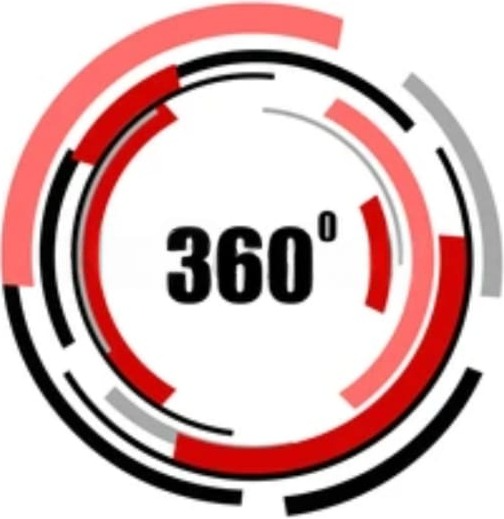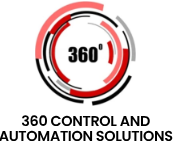
PLC Programming & Integration is a critical aspect of industrial automation. It involves developing and implementing control logic using Programmable Logic Controllers (PLCs) to manage machinery and processes within industrial environments. Integration ensures these systems work seamlessly with other components such as HMIs, SCADA systems, sensors, and actuators.

